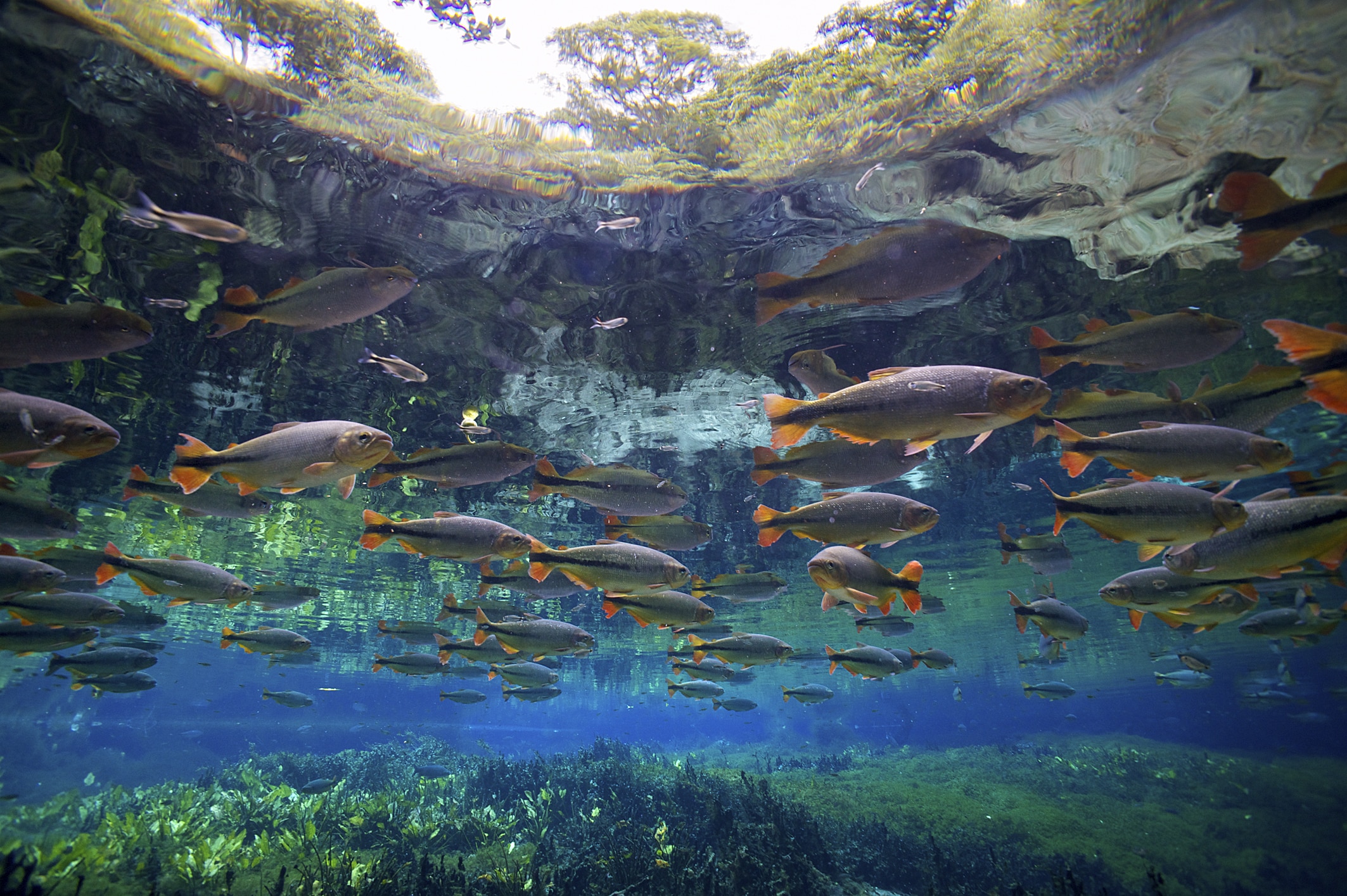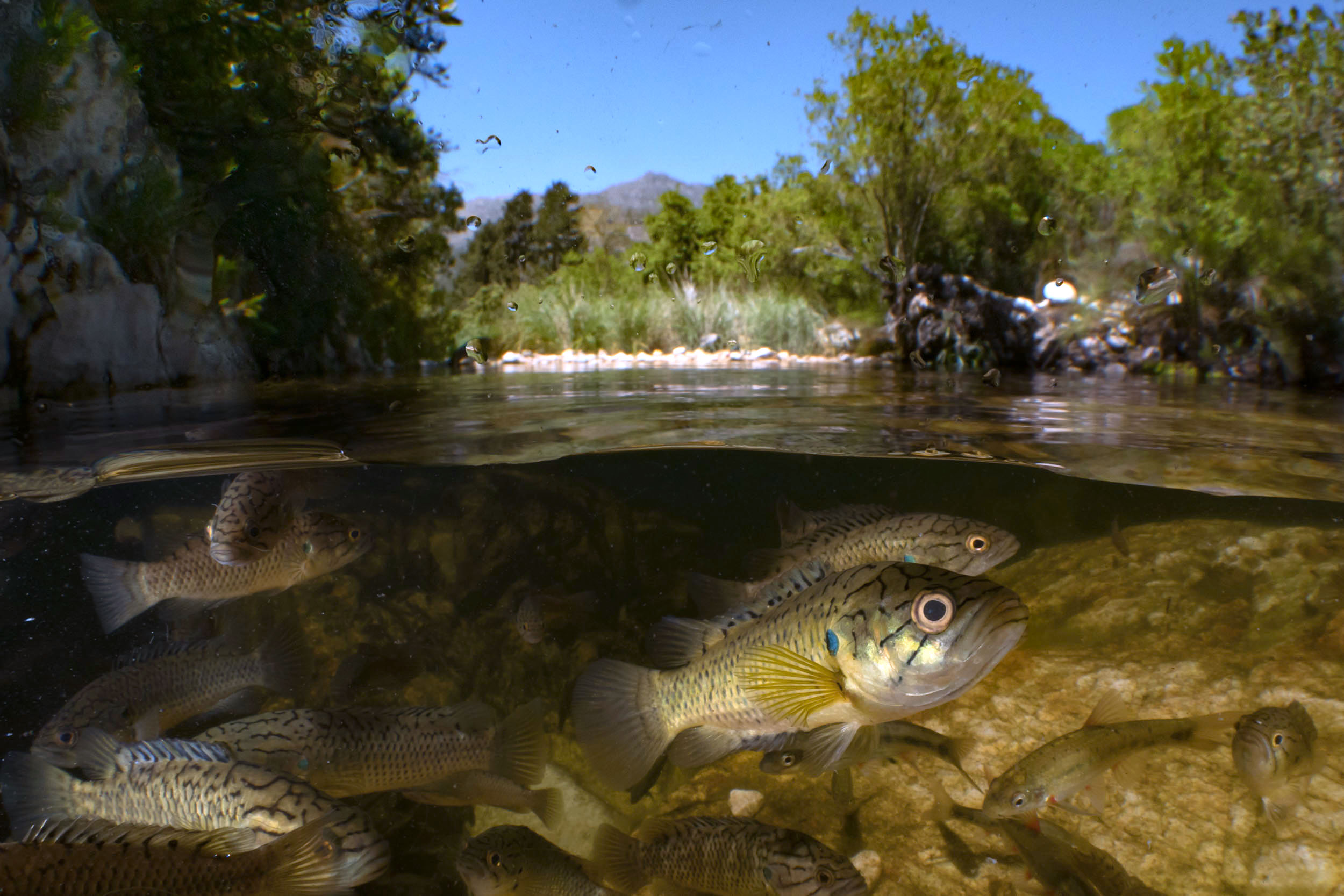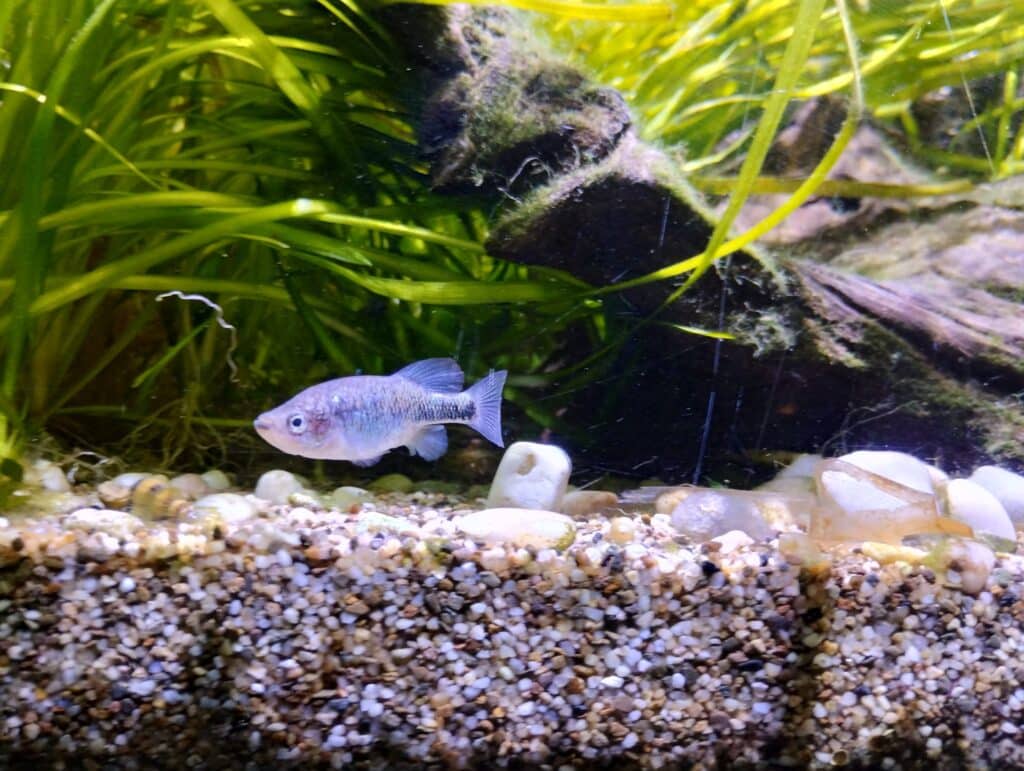Staff member Michael Edmondstone will be running the London Marathon dressed as an overlooked and underfunded species. But which one? You decide.
by Michael Edmondstone
In early July, Victoria, Synchronicity Earth’s Head of Relationships & Operations, told me there was a London Marathon place available through the organisation, and would I like to take it? I’ve been lucky enough to run the London Marathon twice before and both times were such positive, energising experiences. Tens of thousands of runners pounding the pavement and raising money for charity, with scores of boisterous supporters cheering and clapping, creates this incredibly uplifting atmosphere. You can’t help but be swept up in the joy of it all! I took the place without thinking twice.
There was no obligation, Victoria told me, to raise funds for the charity. Somebody else was originally due to run for Synchronicity Earth but had to pull out due to unforeseen circumstances, and their place had become available without strings attached. But what an opportunity to help draw attention to overlooked and underfunded species! People dress as rhinos, pandas, trees – even the globe – to draw attention to conservation, so surely I could run as one of the species supported either by Synchronicity Earth or SHOAL.
To make it even more fun, we decided to let the public choose the species from a shortlist of three threatened species: the Critically Endangered rufous-headed hornbill, the Endangered Copan brook frog, and the Vulnerable Attenborough’s killifish.



Attenborough’s killifish
Being the SHOAL guy, it’s natural I’m hoping the killifish gets picked. Here’s why:
As visitors to this website know, the global biodiversity crisis is most pronounced in the planet’s freshwaters. Freshwater ecosystems have an extinction rate four to six times higher than marine or terrestrial environments, and there has been a staggering 84% decline in freshwater population size since 1970. One in three freshwater fish are threatened with extinction, yet they still don’t receive anywhere near the same levels of funding or attention as creatures from the land or sea. This desperately needs to change if they are to have a good shot at survival, and this campaign can help put some much needed focus on the situation.
And killifish are remarkable! Certain species live in rainy pools formed by elephants’ footprints. The leathery egg casings prevent the egg from drying out for many months or even years, and when the rains finally arrive, the fish hatch into whatever pool the rains have formed –including elephants’ footprints!
Attenborough’s killifish, named after Sir David Attenborough, is a stunning crimson and turquoise fish endemic to pools and marshes that drain into the east side of Tanzania’s Lake Victoria. It is threatened by development, agriculture and aquaculture and is a stunning symbol of how freshwater fish need much more attention if they are going to survive the many anthropogenic pressures put on them.
Rufous-headed hornbill
Of course, when I asked my Synchronicity Earth colleagues which species I should pick , their suggestions were mainly based on which animals would look most spectacular and absurd to run the London Marathon dressed as.
With their large ‘casque’ or horn making their bright red bills made even more noticeable, fire-coloured necks and glossy black plumage, the rufous-headed hornbill, or talarak, was an eye-catching choice. The species is the flagship of Synchronicity Earth’s partner the Talarak Foundation.
It is thought to be one of the rarest hornbills in the world and has already disappeared from one of the islands it was once thought to inhabit (Guimaras), and survives only now on Negros and Panay. As a Critically Endangered species, it is more vulnerable to extinction than the Attenborough’s killifish or Copan brook frog, mainly due to chronic deforestation. Only three per cent of Negros and six per cent of Panay remains forested, but that data is from 2007 so it is likely to be even less today.
However, the Talarak Foundation have been able to successfully breed rufous-headed hornbills in captivity (no easy task, due to their complex nesting requirements) which may one day lead to a release of captive-bred individuals to strengthen wild populations.
Copan brook frog
This list would not properly represent Synchronicity Earth if there was not an amphibian option. Actually, there are so many spectacular amphibian species in the Amphibian Programme, it was hard to choose!
But in the end, we have gone for a frog with dazzling ruby-red eyes and lime-green leopard print. After all, what is the point in doing this if I haven’t given myself a ridiculous costuming challenge…
Like the two other species, one of the greatest conservation challenges for the Copan brook frog is that it has a highly limited geographic range. This gem of a species lives in northeastern Guatemala and northwestern Honduras, and one of the few mountain ranges it is found on is called Sierra de Caral, where our partner Foundation for Ecodevelopment and Conservation (FUNDAECO) established an amphibian reserve, La Firmeza Amphibian Reserve.
Just like many hundreds of other amphibian species around the world, the Copan brook frog has been affected by the amphibian pandemic chytridiomycosis, caused by a fungus which targets the skin of frogs, toads, and other amphibians, and leads to their death. The other key threats are loss of habitat and water pollution, which is why the work of organisations such as FUNDAECO, in hand with local communities, to keep amphibian strongholds such as La Firmeza safe, is so important.
Time to make a decision
So what do you think? Should I run dressed as the Killifish, the Hornbill or the Frog? Each of them could have wonderful, colourful costumes that will hopefully draw plenty of attention on marathon day and help raise awareness of overlooked and underfunded species. Which one should it be? Head over to the Synchronicity Earth website to cast your vote!


)
)
)

)